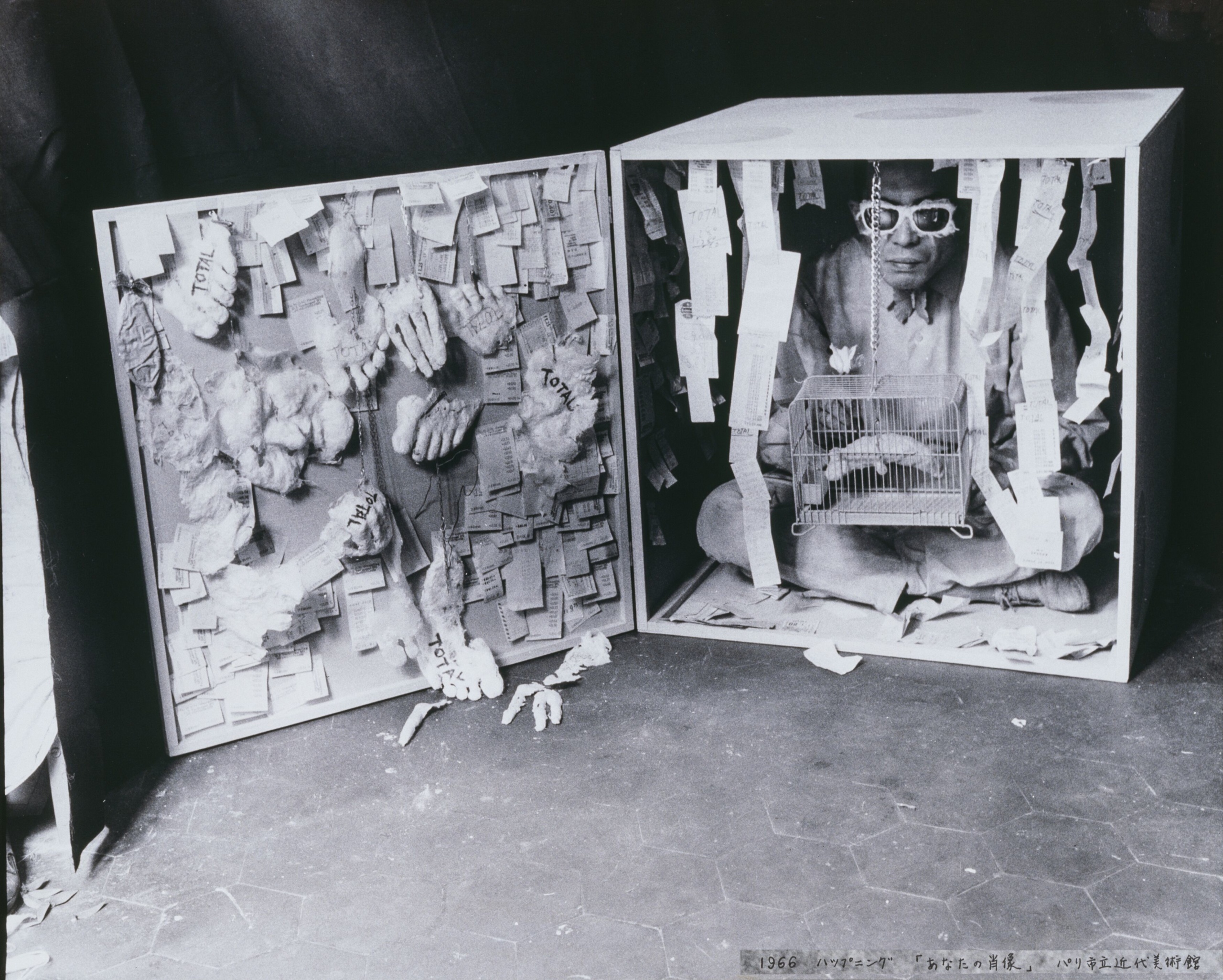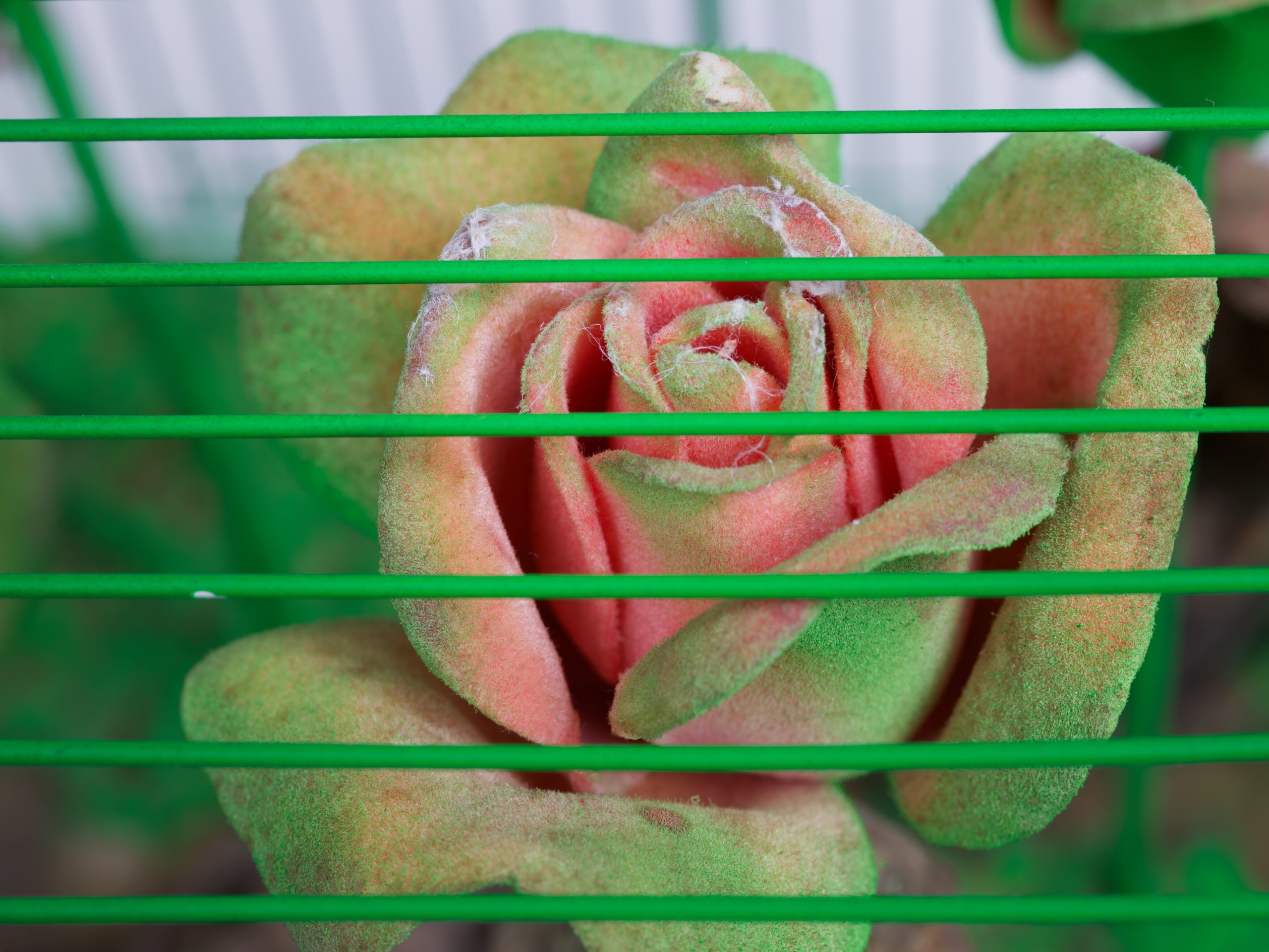
Although little known, Tetsumi Kudo’s bizarre work has proved endlessly inspiring, or perhaps useful, to a generation of young artists who have staked their careers on making reduxes of the visionary 20th-century sculptor’s psychoactive dioramas. Rendered at more generous scales and neutralized of any of their original offensive political content, these entirely aesthetic knock-offs testify to the enduring relevance of Kudo’s ideas about ecological change.

The latter’s work was by no means ignored in years previous—he has always been acknowledged by major institutions and celebrated as one of Japan’s most exciting artists. More recently, perhaps triggered by the outsize influence he has had on the artists of today, there has been an enormous resurgence of interest in Kudo, which has seen the artist repositioned not as a curious marginal figure, but as a leading and prophetic voice on what is quickly becoming one of the most urgent issues of our time: the natural world and what to do about its imminent destruction.

In 2019, when the Museum of Modern Art in New York reopened its doors after its expansion, the curatorial team placed a gorgeous Kudo sculpture from its collection on display, reworking him into their expanded vision of the 20th century. This year, the Louisiana Museum of Art in Denmark has mounted a major retrospective entitled “Cultivation” dedicated to Kudo, following defining exhibitions at both the nation’s Fredericia Museum and the Walker Art Center in Minneapolis. On May 5, Hauser and Wirth opened “Metamorphosis,” at their 22nd Street gallery in New York, which brings together eighteen significant works from Kudo’s time in Paris, where the artist lived for much of his career. The show demonstrates the breadth of Kudo’s output and the complexity of his vision for the survival of collective life through constant adaptation and change.
Craving more culture? Sign up to receive the Cultured newsletter, a biweekly guide to what’s new and what’s next in art, architecture, design and more.




